Menu

Your not-so-little one is entering a dynamic exploration and development phase. At 13 months, they may be on the move, expressing themselves more clearly and testing boundaries. This period often brings exciting moments as you witness their emerging personality.
The challenges may include adapting to shifts in appetite and sleep patterns. Exploring these milestones can help you navigate this stage of your toddler’s growth more effectively.
In the thrilling second year of your little one’s life, exploration becomes a key theme as they venture into mobility. Whether toddling or walking independently, their curiosity might lead them to unexpected places—time to childproof those cabinets!
Communication takes various forms, from pointing to direct actions like tugging or grabbing.
At 13 months, girls typically weigh between 15 and 27 pounds, measuring around 27 to 32 inches. Conversely, boys usually weigh about 18 to 28 pounds and are approximately 28 to 32 inches tall. Remember, there’s a broad normal range, and your paediatrician can assess whether your child’s growth aligns with their previous pace.
Remember, these are general figures, and every child is unique. What matters most is that your child is on a positive growth curve on the chart.
As your child becomes more mobile, being vigilant about potential dangers is crucial. Here are safety tips for your growing toddler:
As your little one transitions into toddlerhood at 13 months, you might notice changes in their eating habits, potentially leading to some fussiness. This shift could be influenced by altered growth patterns. Your concern for providing nutritious foods is valid, especially if they begin refusing foods they once loved.
Ensuring proper nourishment is crucial at this stage of constant development, as most babies also transition from exclusive breastfeeding or formula feeding to incorporating weaning foods. This emphasises the importance of nutritious daily meals to support their evolving body and mind.
For your 13-month-old, aim to provide three meals and two snacks daily, ensuring a diverse range of foods from all essential food groups, including vegetables, fruits, grains, protein, and dairy.
Many toddlers may not receive sufficient calcium, iron, and fibre. Besides relying on dairy, you can incorporate calcium-rich foods like green leafy veggies, broccoli, and tofu into your child’s diet. Tofu and fortified foods such as cereal, dried peaches, and lean ground beef can be good sources of iron. For fibre, consider offering pinto or refried beans, prunes, bananas, and whole wheat pasta.
It’s perfectly acceptable to continue feeding your 13-month-old baby food if they enjoy it, with on-the-go pouches being a convenient option occasionally. However, encouraging the transition to table food is ideal for promoting good oral motor development.
As your 13-month-old transitions to a more diverse diet, including cow’s milk, it’s recommended that babies consume approximately two servings of dairy per day, or about 16 to a maximum of 24 ounces of whole milk per day. Whole-fat milk is recommended for children at this age, unless there is a family history or risk for obesity or heart disease. Consult their healthcare provider. Remember to serve milk in a cup or sippy cup, avoiding bottles.
Introducing cow’s milk and a variety of solid foods may lead to changes in bowel movements. While this is normal, if your little one experiences diarrhoea or constipation or if you have any concerns about their poop, don’t hesitate to reach out to your child’s healthcare provider for guidance.
Dealing with a picky eater at 13 months can be a common challenge, but here are some strategies to navigate this phase:
Remember, while avoiding processed and sugary foods is crucial, there are also specific healthy foods to be mindful of when catering to your 13-month-old picky eater.
Understanding the sleep needs of your 13-month-old is essential. Generally, toddlers require about 12 to 14 hours of sleep per day.
Regarding naps, your 13-month-old might still benefit from two daytime naps, but many toddlers transition to one nap around 15 months. This shift typically occurs gradually, with the morning nap often being the first to diminish as your toddler’s needs change.
While there’s no universal sleep schedule for a 13-month-old, observing signs of tiredness, such as increased fussiness, is recommended to adjust their sleep routine accordingly. Paying attention to your little one’s cues helps tailor their sleep schedule to their needs.

At 13 months, your baby sees well. They can recognize faces, objects, and places. They’ve mastered using their eyes and hands to pick up and explore things, whether moving toys or detailed objects.
Pictures in books and things with moving parts grab their attention, and taking them to new places and naming what they see adds to their exciting visual experiences.
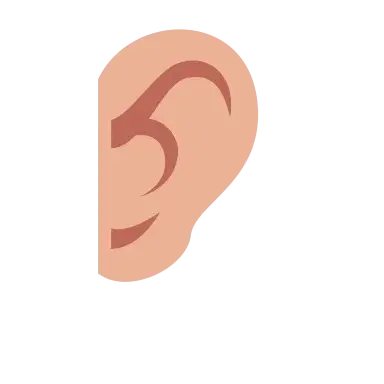
At 13 months, your baby’s hearing is excellent. They can now pick out individual sounds and words. They’re starting to connect names to things and respond when you talk to them.
Fun moments like dancing to music or reading together helps shape their understanding of sounds.
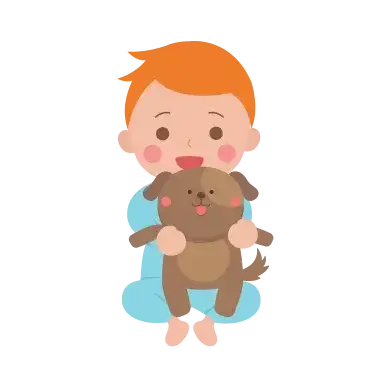
Now that your baby is more mobile, they love to touch and feel everything. Whether scooting, crawling, or walking, they’re curious about different textures. Make sure the environment is safe for them to explore, and encourage them to feel things like a mushy banana or the coldness of ice cubes.
Your hugs and kisses are still super important, reinforcing your special connection.
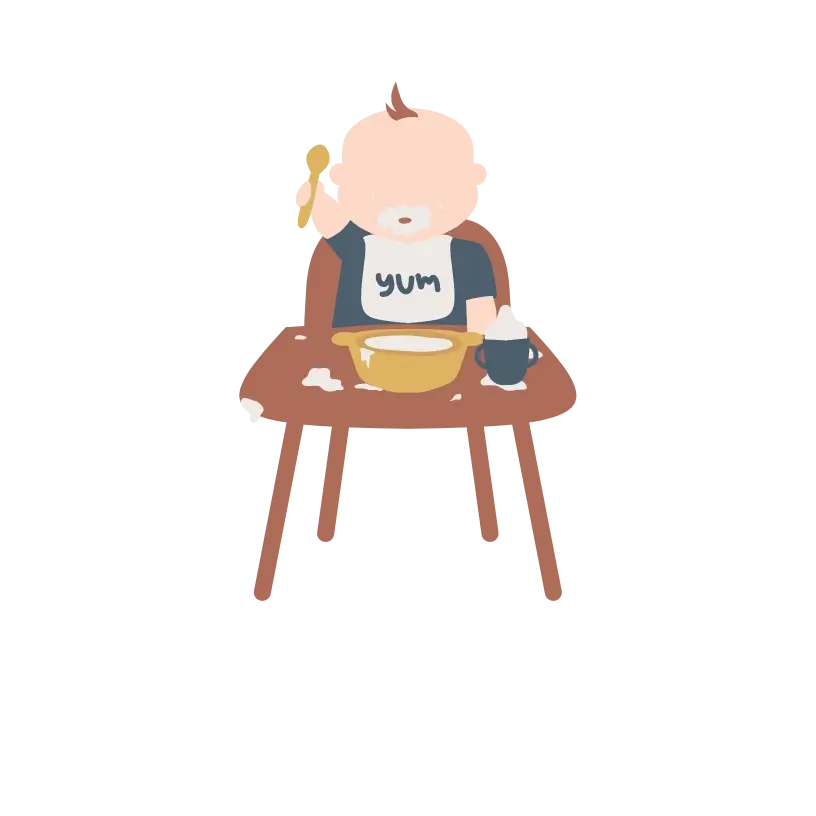
At 13 months, your baby is figuring out what they like to eat. They might have favourites. Keep offering a variety of foods to get them used to different tastes and smells. It might take a few tries for them to like something.
This helps with their nutrition and shapes how they feel about different foods.

At 13 months, your baby sees well. They can recognize faces, objects, and places. They’ve mastered using their eyes and hands to pick up and explore things, whether moving toys or detailed objects.
Pictures in books and things with moving parts grab their attention, and taking them to new places and naming what they see adds to their exciting visual experiences.

At 13 months, your baby’s hearing is excellent. They can now pick out individual sounds and words. They’re starting to connect names to things and respond when you talk to them.
Fun moments like dancing to music or reading together helps shape their understanding of sounds.

Now that your baby is more mobile, they love to touch and feel everything. Whether scooting, crawling, or walking, they’re curious about different textures. Make sure the environment is safe for them to explore, and encourage them to feel things like a mushy banana or the coldness of ice cubes.
Your hugs and kisses are still super important, reinforcing your special connection.

At 13 months, your baby is figuring out what they like to eat. They might have favourites. Keep offering a variety of foods to get them used to different tastes and smells. It might take a few tries for them to like something.
This helps with their nutrition and shapes how they feel about different foods.
Awareness of these cues helps you respond quickly to your child’s needs, ensuring their comfort and well-being. If you’re worried, it’s always a good idea to seek advice from a healthcare professional.

Your child is developing fine motor skills by stacking blocks and rings. This activity involves hand-eye coordination, spatial awareness, and the ability to manipulate objects, laying the groundwork for more complex tasks.
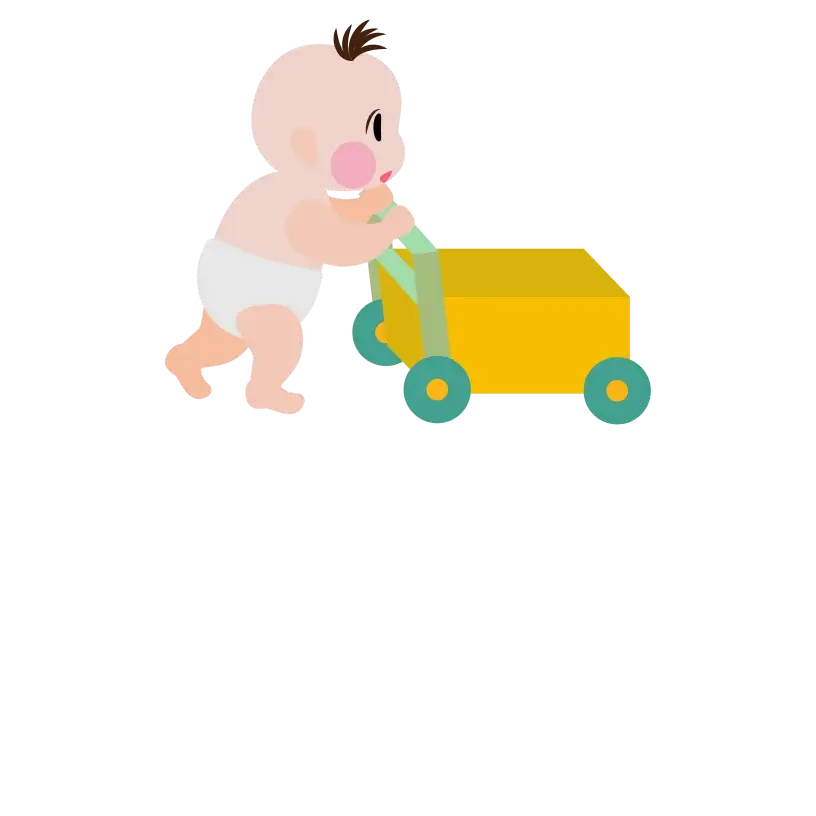
Pushing and pulling toys helps your child refine their gross motor skills. This activity enhances muscle strength and coordination, contributing to their physical development.
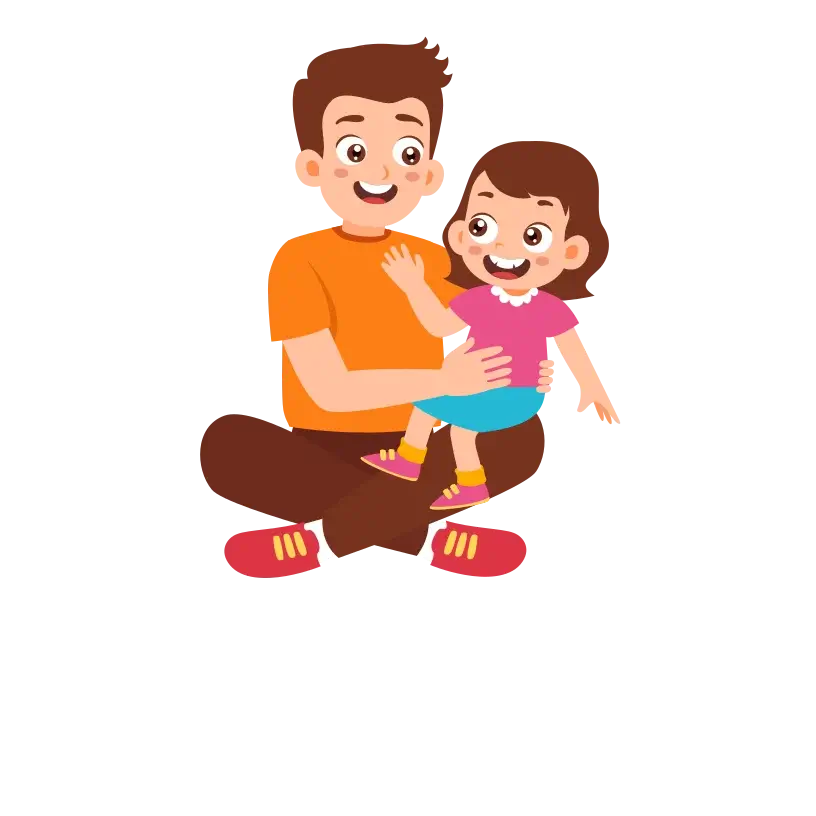
Your child is beginning to mimic simple words and sounds, indicating the early stages of language development. This mimicking behaviour is crucial for language acquisition and communication skills.

Combining gestures with words, such as waving while saying “bye-bye,” demonstrates your child’s ability to express themselves through both verbal and non-verbal means. This integration marks progress in communication skills.
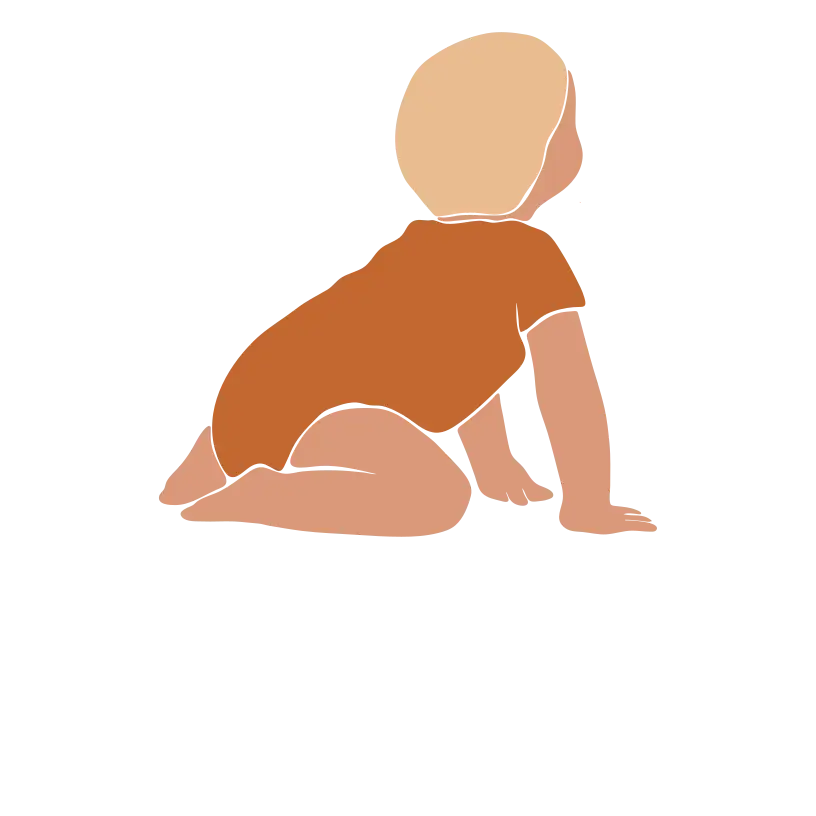
Searching for hidden objects shows your child’s developing object permanence—the understanding that things exist even when out of sight. This cognitive milestone is essential for problem-solving and memory.
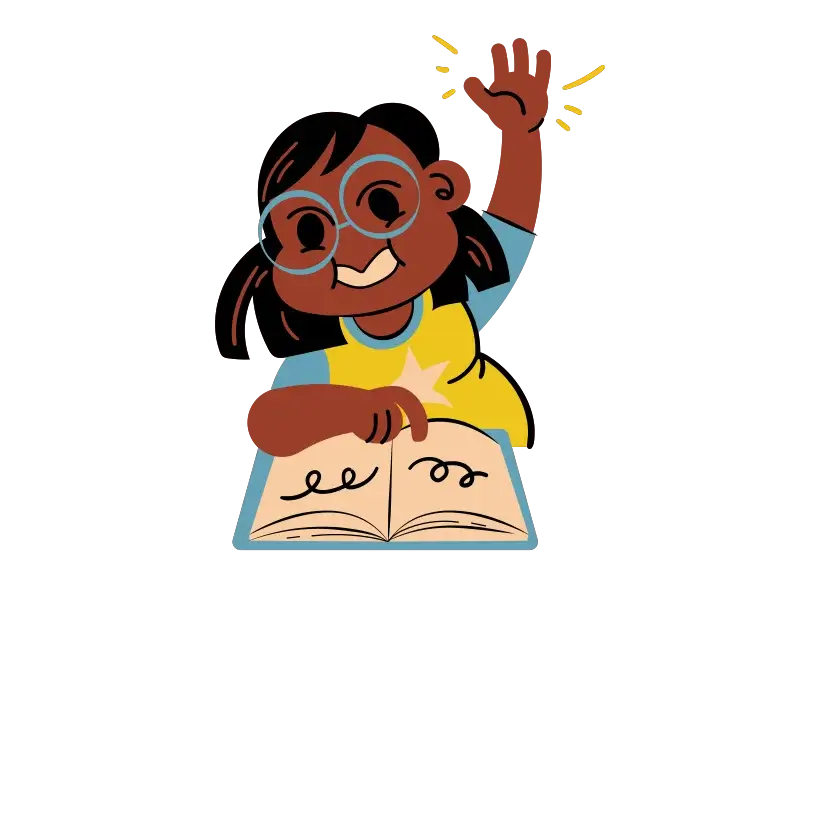
Turning book pages showcases your child’s growing interest in books and their emerging fine motor skills. This activity promotes a love for reading and helps develop coordination.
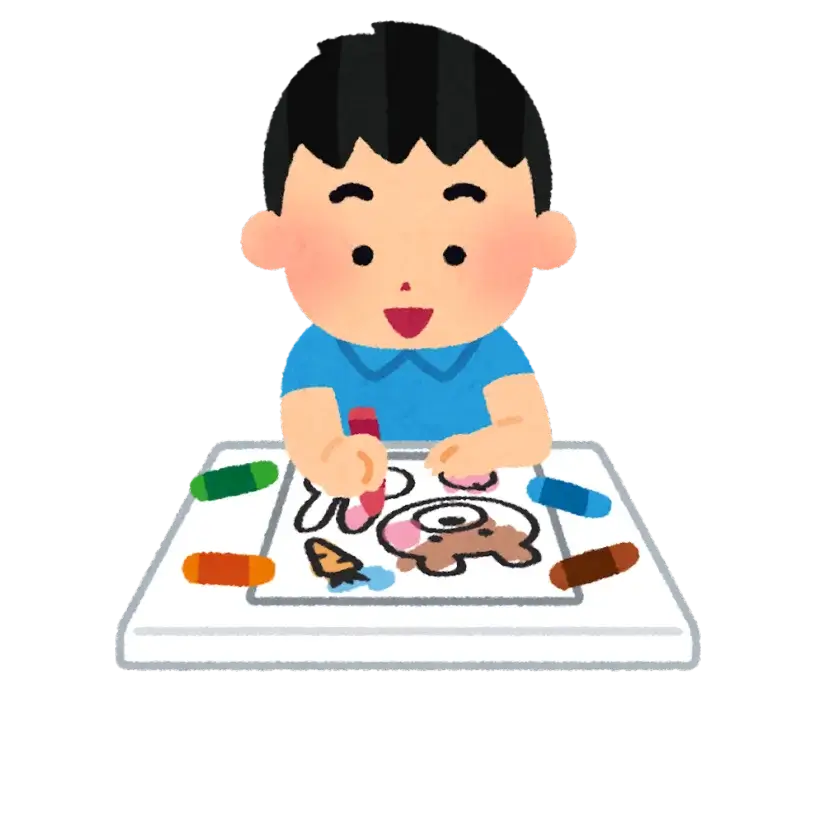
Using a crayon to make marks on paper indicates fine motor control and hand-eye coordination. This early exploration of drawing supports creativity and motor skill refinement.
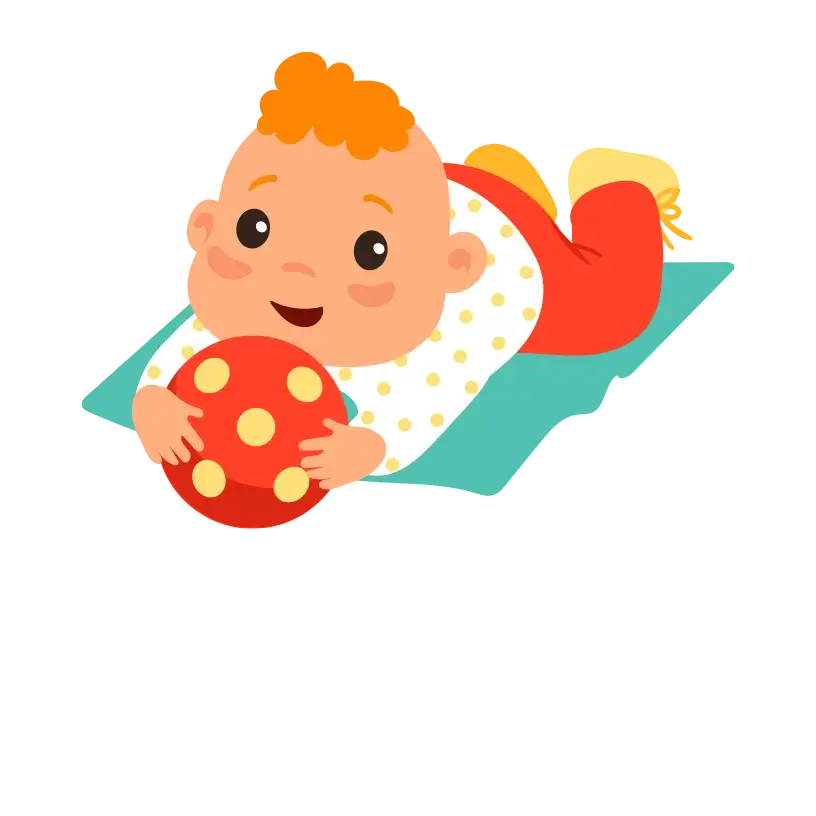
Rolling a ball forward involves gross motor skills and hand-eye coordination. This activity helps improve coordination and spatial awareness while fostering an understanding of cause and effect.

Standing independently in one spot demonstrates improved balance and stability. This milestone is a precursor to walking and reflects gross motor and coordination advancements.

Your child is developing fine motor skills by stacking blocks and rings. This activity involves hand-eye coordination, spatial awareness, and the ability to manipulate objects, laying the groundwork for more complex tasks.

Pushing and pulling toys helps your child refine their gross motor skills. This activity enhances muscle strength and coordination, contributing to their physical development.

Your child is beginning to mimic simple words and sounds, indicating the early stages of language development. This mimicking behaviour is crucial for language acquisition and communication skills.

Combining gestures with words, such as waving while saying “bye-bye,” demonstrates your child’s ability to express themselves through both verbal and non-verbal means. This integration marks progress in communication skills.

Searching for hidden objects shows your child’s developing object permanence—the understanding that things exist even when out of sight. This cognitive milestone is essential for problem-solving and memory.

Turning book pages showcases your child’s growing interest in books and their emerging fine motor skills. This activity promotes a love for reading and helps develop coordination.

Using a crayon to make marks on paper indicates fine motor control and hand-eye coordination. This early exploration of drawing supports creativity and motor skill refinement.

Rolling a ball forward involves gross motor skills and hand-eye coordination. This activity helps improve coordination and spatial awareness while fostering an understanding of cause and effect.

Standing independently in one spot demonstrates improved balance and stability. This milestone is a precursor to walking and reflects gross motor and coordination advancements.
The ability to recognise colours is an important developmental milestone for children. To support this skill, you can create a simple yet effective activity using various coloured objects, like balls.
Provide jars or boxes for your child to sort these objects by colour, turning the learning process into a hands-on and engaging experience. This activity enhances colour recognition and promotes fine motor skills and cognitive development.
Reading to your children from an early age is a valuable practice, even if they can’t actively follow the story yet. It establishes the foundation for future reading success by familiarising them with language and storytelling. Optimal books for this age are vibrant in pictures, capturing their attention and fostering an early love for books.
Chasing bubbles isn’t just a playful activity; it allows children to engage in physical movement and running, helping them understand and explore their body’s capabilities. Additionally, allowing them to blow the bubbles themselves becomes a developmental exercise, promoting the development of their blowing skills and lung control.
Although remembering specific animal names might be challenging for children at this age, a trip to see animals is far from wasted. It lays a robust foundation for their future learning and understanding. Regular visits contribute to their growing knowledge base, familiarising them with different creatures.
Most toddlers transition from a crib to a bed between 18 months and three years old, with approximately one-third making the transition between 18 months and two years, and another third transition between ages 2 and 2.5. The varied age range suggests considering several factors like your child’s readiness, safety concerns, and the potential impact on sleep routines.
Potty training readiness in a 13-month-old varies, but several signs indicate their potential readiness. Firstly, showing interest in the toilet or observing others using it signals curiosity.
Additionally, their ability to communicate needs verbally or through gestures suggests they possess the necessary communication skills. Understanding cues related to bathroom activities, such as squatting or indicating discomfort, further indicates readiness.
It’s important to remember that every child develops at their own pace, and readiness for potty training can vary. Patience, encouragement, and attentiveness to your child’s cues are crucial.
Babies develop at their own pace, and the onset of walking varies. While some babies may take longer to start walking, observing if your baby is engaging in activities like pulling themselves up or cruising along furniture is essential. If such developmental milestones are absent, discussing your concerns with your paediatrician for guidance and reassurance could be beneficial.
By 13 months, many children are beginning to develop the motor skills necessary to feed themselves with finger foods. Encouraging self-feeding with age-appropriate foods can encourage independence and enhance fine motor skills. It’s normal for the transition to self-feeding to vary among children, so offering a variety of foods in small, manageable pieces can support their growing autonomy.
Most toddlers transition from a crib to a bed between 18 months and three years old, with approximately one-third making the transition between 18 months and two years, and another third transition between ages 2 and 2.5. The varied age range suggests considering several factors like your child’s readiness, safety concerns, and the potential impact on sleep routines.
Potty training readiness in a 13-month-old varies, but several signs indicate their potential readiness. Firstly, showing interest in the toilet or observing others using it signals curiosity.
Additionally, their ability to communicate needs verbally or through gestures suggests they possess the necessary communication skills. Understanding cues related to bathroom activities, such as squatting or indicating discomfort, further indicates readiness.
It’s important to remember that every child develops at their own pace, and readiness for potty training can vary. Patience, encouragement, and attentiveness to your child’s cues are crucial.
Babies develop at their own pace, and the onset of walking varies. While some babies may take longer to start walking, observing if your baby is engaging in activities like pulling themselves up or cruising along furniture is essential. If such developmental milestones are absent, discussing your concerns with your paediatrician for guidance and reassurance could be beneficial.
By 13 months, many children are beginning to develop the motor skills necessary to feed themselves with finger foods. Encouraging self-feeding with age-appropriate foods can encourage independence and enhance fine motor skills. It’s normal for the transition to self-feeding to vary among children, so offering a variety of foods in small, manageable pieces can support their growing autonomy.
1. Ayu Health: 5 Common Reasons for Late Walking in Babies
2. Center for Disease Control and Prevention: Birth to 24 months: Girls Length-for-age and weight-for-age percentile
3. Center for Disease Control and Prevention: Birth to 24 months: Boys Length-for-age and weight-for-age percentile
4. Center for Disease Control and Prevention: Toddlers 1-2
5. Healthy Children: Cow’s Milk Alternatives: Parent FAQs
6. Raising Children: 1-5 Years: Young Children’s Health: What to expect
7. Sleep Foundation: When to transition from a crib to a toddler bed
© Mindsmaking 2024